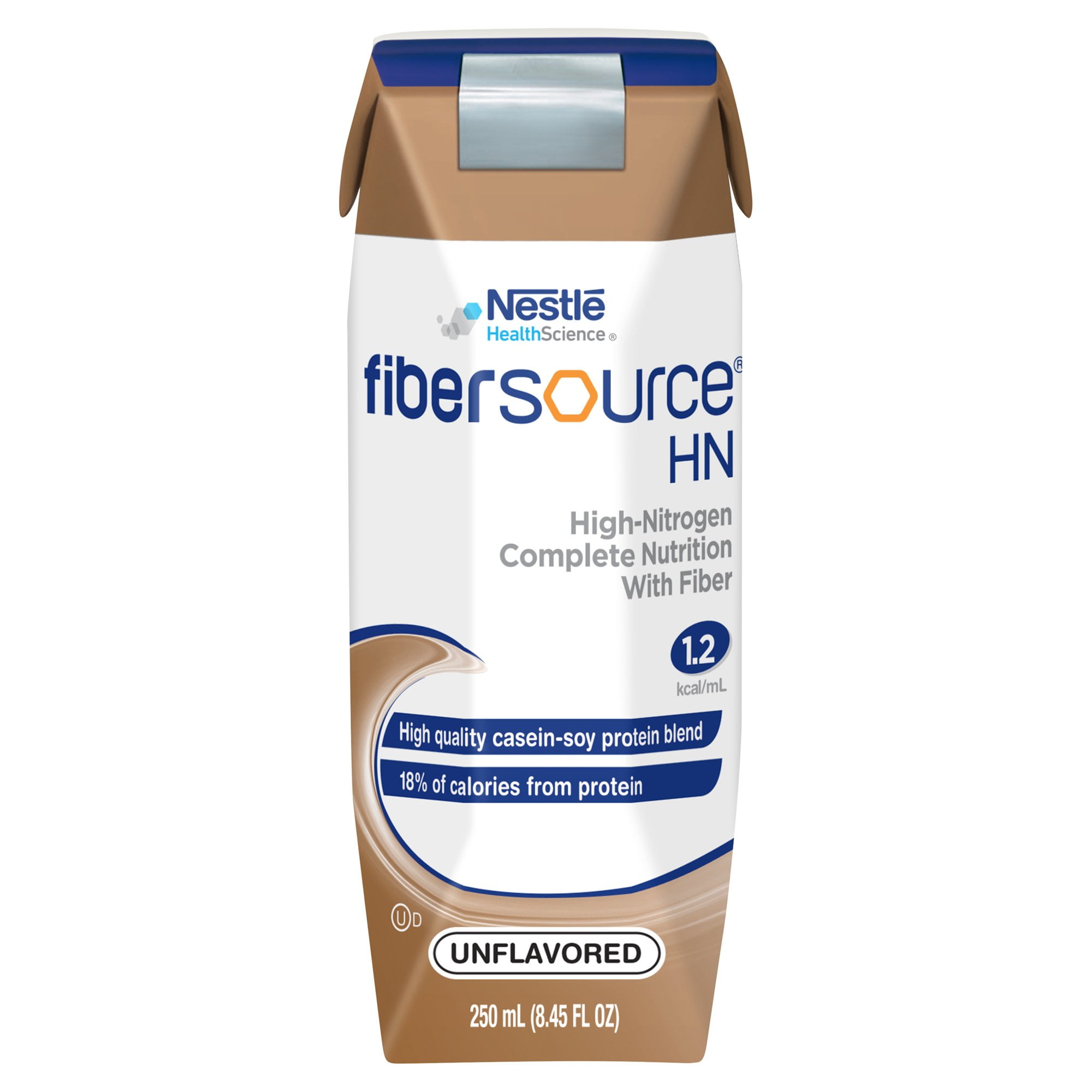

- QFEED FOR TUBE FEEDING NARES HOW TO
- QFEED FOR TUBE FEEDING NARES PROFESSIONAL
- QFEED FOR TUBE FEEDING NARES SERIES
After inserting the tube through the nares into the esophagus, an external magnet was used to draw the tube tip beyond the pyloric sphincter and further into the duodenum or jejunum. A 12-French polyurethane nasoduodenal feeding tube was modified by placing a small magnet in the distal tip.
QFEED FOR TUBE FEEDING NARES SERIES
This is a case series of 288 critically ill patients who needed placement of an enteral feeding tube, carried out in the intensive care units and wards of a university-affiliated community hospital. This study investigated whether a nasoenteral feeding tube can be guided beyond the pyloric sphincter, using external magnetic guidance. However, with current techniques, feeding tubes often coil in the stomach, exposing patients to the risk of aspiration. Either way, in the UK, these are available on the NHS and should not cost you.Enteral feeding is preferred over parenteral methods, and feeding into the duodenum is preferred over gastric feeding in certain groups of critically ill patients. You will then be able to request any additional supplies you need, this is sometimes done via the GP or sometimes directly to the specialist supplier. Your baby will be discharged from hospital with a supply of tubes and syringes. Where do I get the equipment I will need? There are NHS guidelines that you can refer to, but each health board will have their own. This should be something that is taught to you by your medical team. Some babies will require the NG feeds as a ‘top up’ in addition to eating (when weaned) and drinking normally, whilst others will remain nil by mouth. There are three different methods of feeding your baby using the NG tubeĪ combination of both, for example, bolus feeds during the day and a continuous feed overnight. These can change a lot depending on your baby’s needs. Babies under 1 year will need a new sterile syringe for every feed.įeeding patterns and volumes will initially be set by the medical team. Anything that can’t be cleaned this way must be discarded. So always ensure clean hands before and after each feed, wash the syringes thoroughly in hot soapy water, rinse, leave to dry and then sterilise them.

Whilst the NG tube is not a sterile bit of equipment it is important to be as clean as possible when doing anything such as preparing a feed, inserting or removing the tube, giving a feed or giving medication. If there is any doubt that the tube is not in the stomach then you shouldn’t use it but get it checked.Īgain this is something that your medical team will go over with you very thoroughly. A feeding tube is therefore always checked it is in the correct position before feeding. There is a very small risk that the tube may be passed into the windpipe and feed could go into the lungs. Most parents aren’t expected to place the NG tubes themselves in hospital and this can be taught at home if required.
QFEED FOR TUBE FEEDING NARES HOW TO
If however, your baby will need the NG tube for discharge, your nurse will start to teach you how to look after the NG tube as soon as it has been inserted. For short term use it is unlikely you will be taught how to perform insertion unless you wish to do so. Many babies will not require long term NG feeding. It may also make your child sneeze, cough or retch as it tickles their throat. Inserting the tube does not hurt, but it may be uncomfortable for a short while.

Once the tube has been passed to the required length it will be secured to your baby's face with tape.
QFEED FOR TUBE FEEDING NARES PROFESSIONAL
Never insert anything into your infant’s nose or throat unless directed to by a healthcare professional and with adequate training. It is disposable, but lasts for 6 weeks and can be re-inserted up to 5 times within that 6 week period.Ī healthcare professional will insert the tube the first time as it takes a degree of knowledge and skill. The “Silk” (CORFLO Fine Bore) feeding tube is the most common tube used for babies / children who require tube feeding at home over a long period of time. While most infants will require NG feeding for only a few days some require it for much longer and may even be discharged home with a NG tube. There are many reasons why a baby may struggle with eating and require an NG tube a common cause is prematurity, where the baby’s swallow reflex hasn’t developed yet. Breastmilk, formula milk or liquid food can be passed down an NG tube, along with certain medications and water. NG tubes are often used to feed babies who cannot eat and drink normally. A Naso-gastric (NG) tube is a thin, plastic tube that is inserted into your baby’s nostril, passed down the back of the throat and into the stomach.


 0 kommentar(er)
0 kommentar(er)
